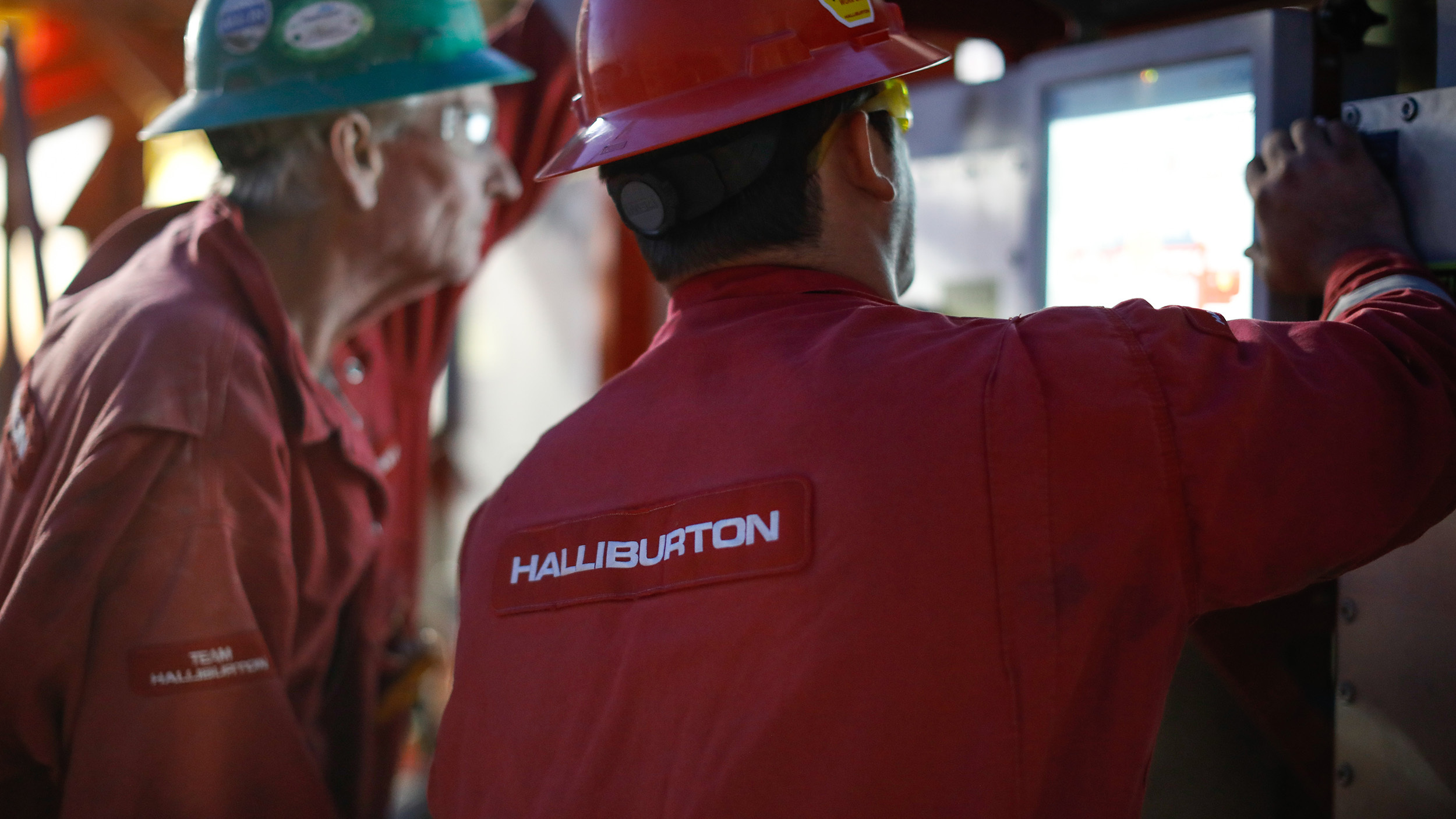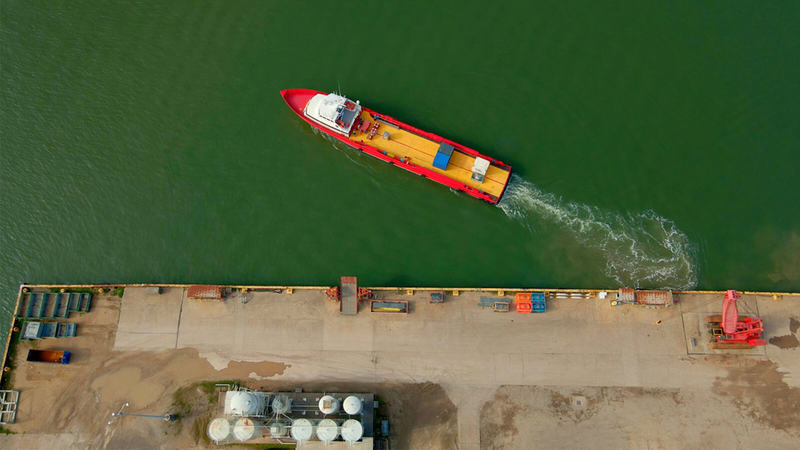 Search
Search
 Search
Search

Water-based system with trackable shale inhibitor and fluid loss control agent mitigate fluid loss in HTHP environment
Download PDFNeed for improved fluid stability and fluid loss control at 120-140°C
Australia

Mature fields

A major operator in the Northern Territory was developing its mature fields in the Beetaloo Basin by drilling a series of onshore 1,000-1,500 meters lateral wells to enhance its production targets.
In the past, many wells were successfully drilled in Australia and in other NWAs in the Asia Pacific region using the PERFORMADRIL® high-performance water-based fluid (HPWBF) system. However, experience showed consistent issues in higher temperature applications in terms of maintaining stable fluid viscosity and low filtrate values with the fluid (with flowline temperatures rising above 70°C in some cases).
Halliburton offered a customized BaraHib™ Plus high-performance water-based mud system to provide superior shale inhibition. The system used BaraSure™ W-988 trackable shale inhibitor and BaraFLC® W-950 to deliver optimum fluid loss control under the expected downhole temperature conditions throughout the production hole drilling and tripping operations.
The customer’s main concern was ensuring their fluid remained thermally stable for at least 48 hours in a high-temperature reservoir (120-133°C, 248-271°F). Providing optimum shale inhibition of the reactive formations was the other requirement for the proposed fluid system. Due to the environmental and regulatory challenges, oil-based mud was not suitable for this area.
Following extensive laboratory testing and a full shale study, Halliburton developed an inhibitive system exhibiting thermal stability for the planned well conditions. The team proposed an engineered BaraHib Plus high-performance trackable water-based mud system. The system was designed with BaraFLC W-950 to control minimum fluid loss to the formation at bottom hole conditions. In addition, Halliburton recommended the BaraSure W-988 trackable shale inhibitor to provide optimum shale inhibition and help provide a constant level of inhibition throughout the drilling of the well section.
In this case, the BaraHib Plus system displaced the PERFORMADRIL system when the downhole static temperature approached 110ºC (a maximum BHST of 133ºC +/-8ºC was predicted based on offset wells).
Hours stability for fluid required in HTHP reservoir
Meter laterals wells drilled
The BaraHib Plus system performed at the elevated temperatures experienced at the well total depth.
No viscosity increases were observed as was the case with the PERFORMADRIL system at elevated temperatures. No major property changes or mud dilutions were required as the fluid transitioned into high-temperature drilling conditions toward the lower part of the 8½-in. interval and throughout the 6⅛-in. interval. This stability was also sustained over an extended period to what was initially planned. The team observed multiple connection gas events and cavings in the 8½-in. interval due to insufficient mud weight. This led to the inability to set the 7-in. casing at the planned depth due to hole pack-off issues. The 6⅛-in. section had to consequently be sidetracked. During these two intervals, gas influxes occurred causing the well to be shut in multiple times to circulate out the gas and increase mud weight. This extended the operations timeline for longer than initially planned.
BaraFLC W-950 provided HTHP fluid loss between 10.8 ml to 12.2 ml / 30 minutes at 110°C / 500 psi differential pressure in the lower part of the 8½-in. interval and in the 6⅛-in. section.
BaraSure W-988 ensured adequate inhibition for the formation. Most importantly, the tracking kit allowed for cost efficiency by only adding products as needed and when depletion was observed. This also reduced the excess or contingency stock required at the rig site and decreased required storage space — as well as trucking costs to the location — while maintaining optimum inhibition throughout the well sections.

Halliburton leads the drilling fluids industry with cutting-edge solutions, including advanced drilling fluids and solids control technologies.

We carefully plan each waste management solution according to local conditions to maximize drilling efficiency.
